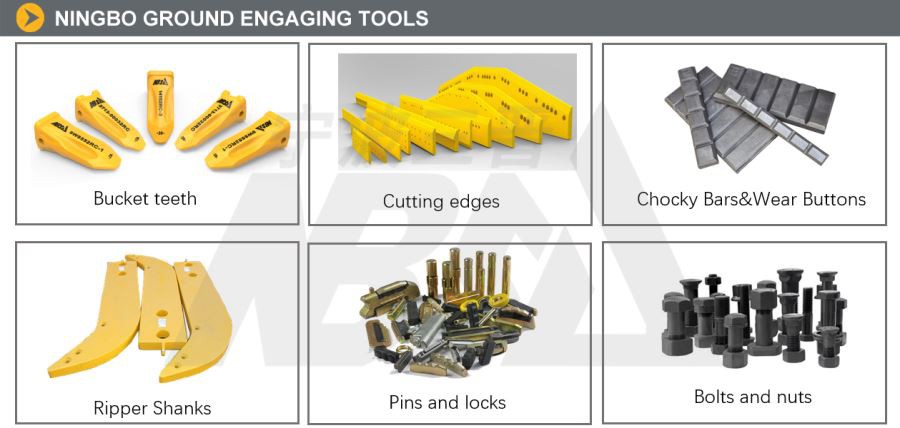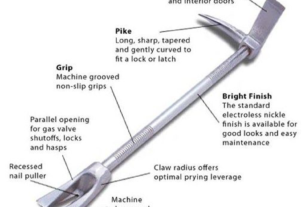Ground engaging tools are essential components of heavy machinery used in construction, mining, and excavation. These tools are designed to engage with the ground and move earth, rocks, and other materials. The right ground engaging tool can make a significant difference in the efficiency and productivity of your equipment.
In this article, we will explore everything you need to know about ground engaging tools, including their types, uses, maintenance, and more. So let’s get started!
Types of Ground Engaging Tools
There are several types of ground engaging tools available in the market today. Each type has its own unique features and is designed for specific applications. Let’s take a look at some of the most common types of ground engaging tools.
1. Bucket Teeth
Bucket teeth are one of the most commonly used ground engaging tools in construction and mining industries. They are designed to dig into the soil or rock and scoop up materials. There are different types of bucket teeth available depending on your application needs.
2. Cutting Edges
Cutting edges are another type of ground engaging tool that is commonly used in excavators and bulldozers. They are designed to cut through tough materials like soil, rock, and asphalt. Cutting edges come in various sizes and shapes to suit different applications.
3. Ripper Teeth
Ripper teeth are heavy-duty ground engaging tools that are designed for breaking up hard soil or rock surfaces. They have sharp edges that break through tough surfaces and help loosen the material for easier removal.
4. Wear Parts
Wear parts include a range of different components such as blades, tips, shanks, adapters, and pins that wear out over time due to constant use. These parts need regular replacement to maintain optimal performance levels.
Uses of Ground Engaging Tools
Ground engaging tools have numerous uses across various industries such as construction, mining, agriculture, forestry, and more. Let’s take a look at some of the most common uses of these tools.
1. Excavation
Ground engaging tools like bucket teeth, cutting edges, and ripper teeth are commonly used in excavators to dig up soil or rock for construction projects.
2. Mining
Mining operations require ground engaging tools to move large amounts of earth and rocks from one place to another. Bucket teeth, cutting edges, and wear parts are commonly used in mining operations.
3. Agriculture
Ground engaging tools are also used in agriculture for applications such as tilling soil, planting crops, and harvesting. These tools help farmers save time and effort while increasing productivity.
4. Forestry
Forestry operations require heavy machinery with ground engaging tools to clear land and harvest trees. Ripper teeth and wear parts are commonly used in forestry applications.
Maintenance of Ground Engaging Tools
Proper maintenance is crucial for the longevity and performance of your ground engaging tools. Here are some tips to help you maintain your tools effectively.
1. Regular Inspections
Regular inspections can help you identify any signs of wear or damage before they become major issues. Inspect your ground engaging tools regularly to ensure they are functioning properly.
2. Lubrication
Lubrication is essential for preventing wear and tear on your ground engaging tools. Apply lubricant to all moving parts regularly to keep them running smoothly.
3. Cleaning
Cleaning your ground engaging tools after use can help prevent rusting and other forms of corrosion. Use a pressure washer or cleaning solution to remove dirt, debris, and other contaminants from your tools.
4. Replacement
Replace any worn-out or damaged components immediately to avoid further damage to your equipment. Keep spare parts on hand so that you can quickly replace any damaged components when necessary.
In Conclusion
Ground engaging tools are essential components of heavy machinery used in various industries worldwide. With proper maintenance and care, these tools can last a long time and help you improve your equipment’s performance and efficiency.
We hope this article has provided you with valuable insights into ground engaging tools, their types, uses, and maintenance. For more information, please refer to the wiki reference below or check out other authoritative websites on this topic.
Wiki Reference: https://en.wikipedia.org/wiki/Ground_engaging_tools




